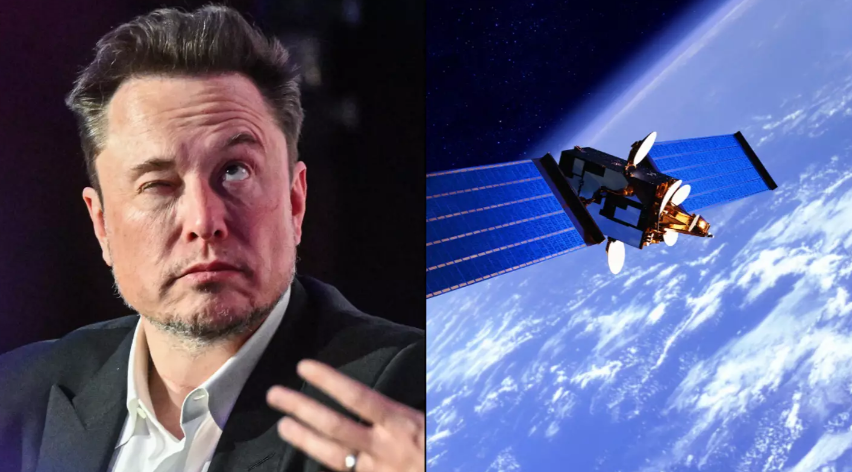Scientists Express Concern as SpaceX Plans to Dispose of 100 Satellites in Earth's Atmosphere
In a move that has left scientists scratching their heads, Elon Musk's SpaceX is making waves yet again. The eccentric billionaire, known for his ventures like Tesla and SpaceX, has set the stage for an unusual event: the deliberate burning up of 100 satellites in Earth's atmosphere.
When he's not busy chatting with Joe Rogan, Musk, with his mind-boggling net worth of $210 billion (£165 billion), runs a host of remarkable enterprises, including Tesla, OpenAI, and X (formerly known as Twitter). Among these is Starlink, a satellite internet service that blankets more than 70 countries with its coverage.
Perhaps you've caught sight of these satellites passing overhead in the UK skies. They've become a familiar sight for many.
However, SpaceX's recent decision regarding its Starlink satellites has raised eyebrows within the scientific community. The company plans to retire 100 of its satellites due to a design flaw.
Explaining the move, SpaceX stated, "While these satellites are currently operational and serving users effectively, the Starlink team has identified a common issue in this subset of satellites that could lead to potential failures in the future."
Though the specifics of the issue remain undisclosed, the conversation around the disposal of objects orbiting Earth has gained momentum.
SpaceX intends to "de-orbit" these satellites, essentially causing them to burn up upon re-entry into Earth's atmosphere.
But this disposal method has atmospheric scientists on edge, citing potential connections to climate change. Research published in the National Library of Medicine last October revealed the presence of aluminum and other metal particles from satellite burn-ups in the Earth's stratosphere.
The concern stems from the impact on Earth's ozone layer. Dan Cziczo, an atmospheric scientist at Purdue University, expressed worry about the particles' potential role in ozone layer depletion due to the "atmospheric fly-tipping" of metallic remnants.
Aaron Boley, an associate professor of astronomy and astrophysics at the University of British Columbia, pointed out the contrast between meteoroid materials and the satellites. While we receive about 54 tonnes (60 tons) of meteoroid material daily, the first generation of Starlink satellites could contribute approximately two tonnes (2.2 tons) of aluminum to Earth's atmosphere daily.
Boley highlighted, "This alumina does deplete ozone, as seen with solid-fuel rockets that produce alumina as a byproduct. Rocket launches themselves create temporary holes in the stratospheric ozone layer."
SpaceX aims to complete the de-orbiting of these 100 satellites within the next six months. As of now, the company boasts 5,438 satellites in orbit around the Earth.
It's a fascinating yet concerning development in the realm of space exploration, sparking discussions among scientists and enthusiasts alike.
%20(5).png)










